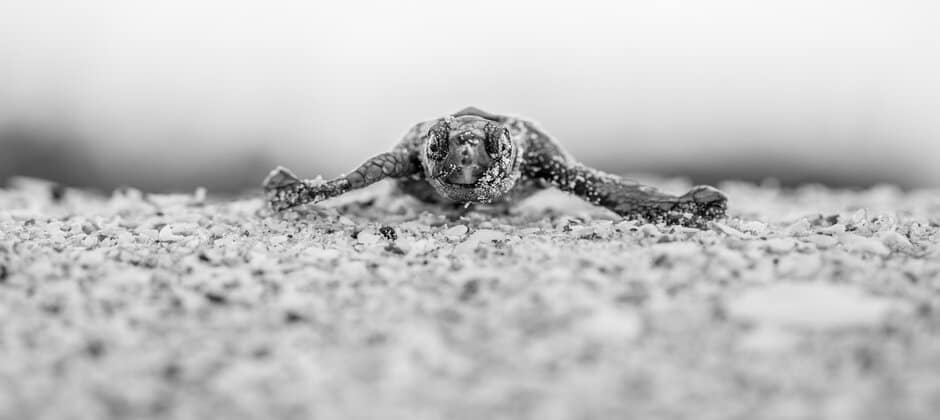Share this article
Wild Cam: Lights deter sea turtles away from deadly nets
Sea turtles have long held a special place in the traditional stories of Ghanaian fishing communities. In a story that varies depending on the community and who’s telling it, ancestors of the coastal villages became lost at sea, or had their boat capsized by a storm. They would have drowned if not for the intervention of sea turtles, which showed the ancestors the way back to shore.
Due to their special place in the oral folklore of many of the communities, “many Ghanaians consider it taboo to kill or harm a sea turtle,” said Phil Allman, an associate professor of zoology at the Florida Gulf Coast University.
Enlarge
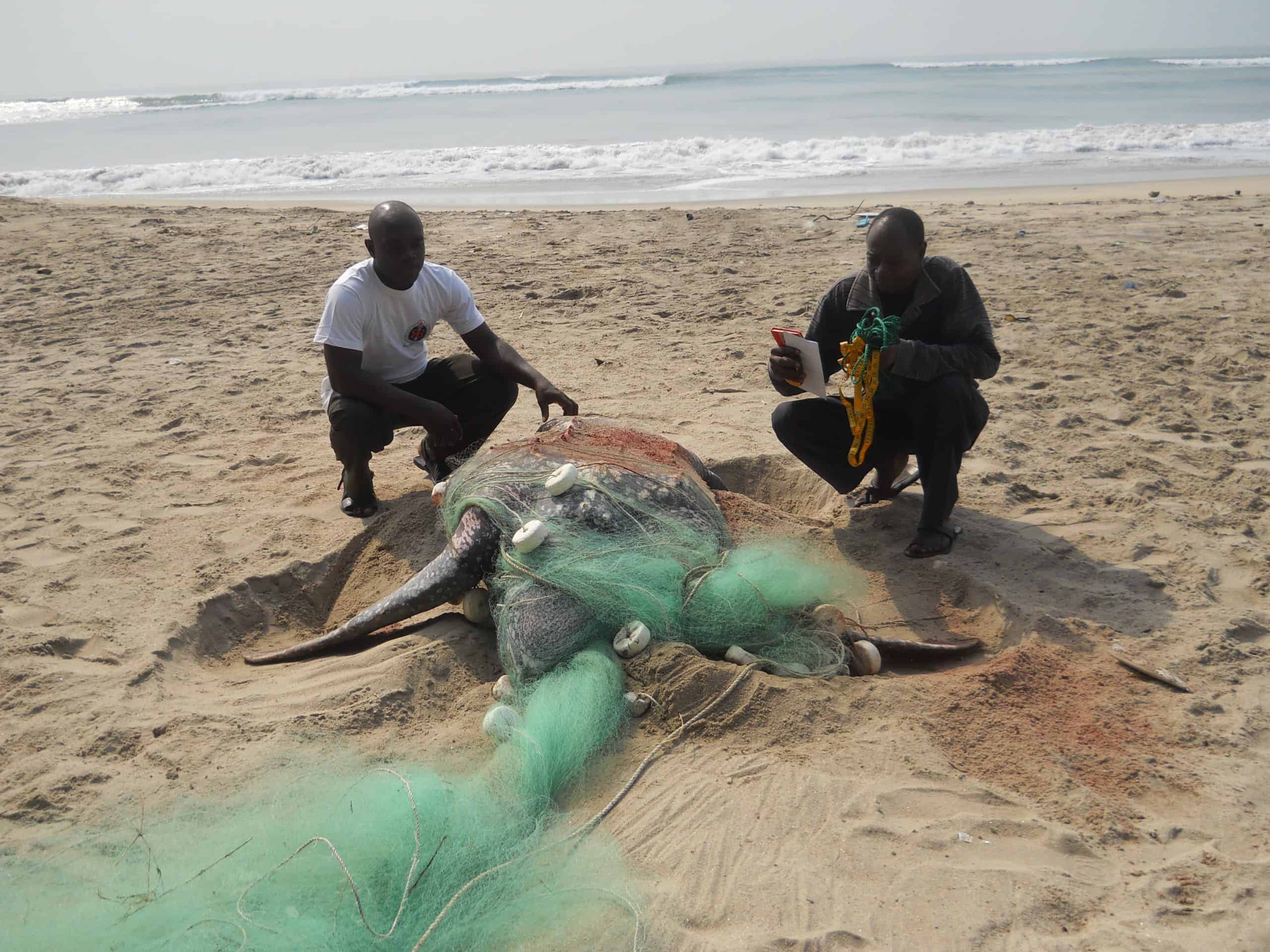
Credit: Andrews Agyekumhene
But these days, local fishermen have a serious sea turtle problem, catching even giant leatherbacks such as the one being rescued above — putting them in danger. “Fishermen really don’t want to catch these turtles, it’s just something that happens by accident,” said Allman, who has been working to use LED lighting to keep turtles out of nets. While turtles once saved the fishermen, he and others are now developing handy ways to help the fishermen save the turtles.
Previous research has shown that placing LED lights around the edges of gillnets can reduce sea turtle and seabird bycatch, or the untargeted species caught in fishing nets, in commercial fishing operations.
While this method can help reduce the overall turtles killed or injured by becoming entangled in nets, commercial fishing operations only account for a portion of overall fishing in some areas. The waters of coastal West Africa are rife with species like olive ridleys (Lepidochelys olivacea), leatherbacks (Dermochelys coriacea), green sea turtles (Chelonia mydas), loggerheads (Caretta caretta) and hawksbills (Eretmochelys imbricate). Small artisanal fishermen make up a large proportion of the catch that occurs in these turtle rich waters — in Ghana alone, there are 12,000 registered artisanal gillnet boats, Allman said.
Enlarge
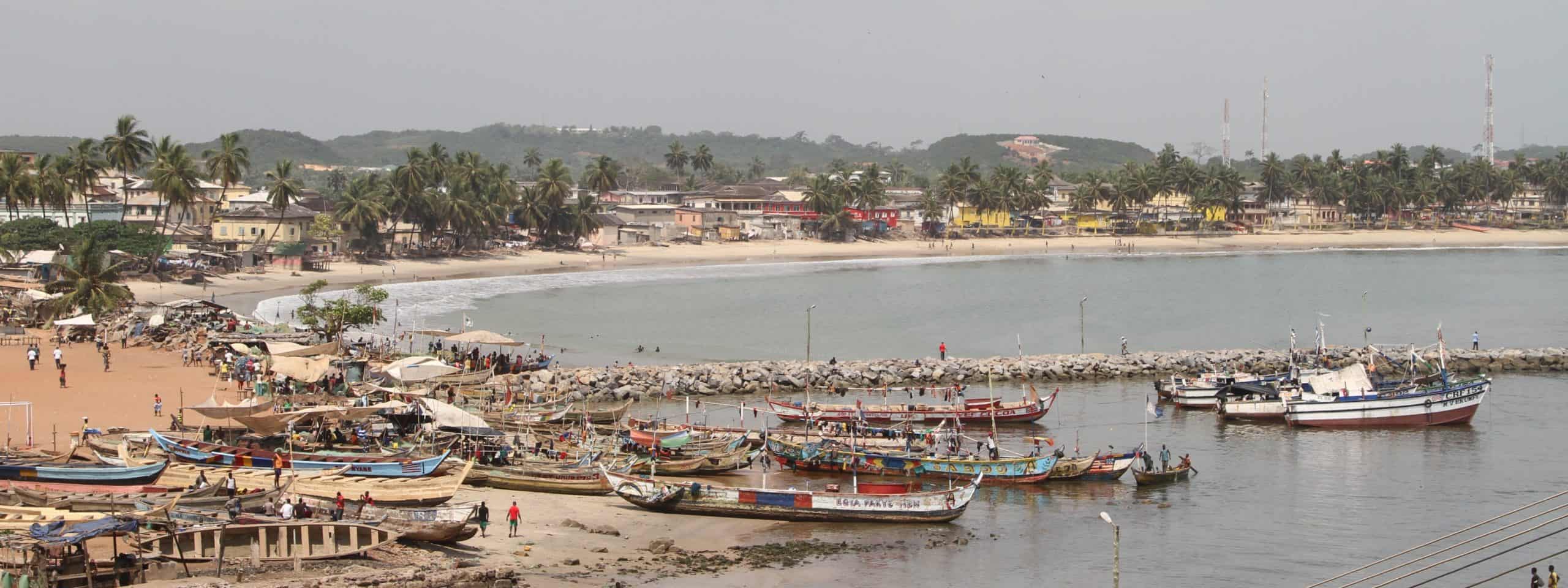
Credit: Phil Allman
In a recent Conservation Biology study, Allman and his co-authors first set out to estimate how many turtles were likely captured by small fishing boats — many of them small wooden canoe-like boats no larger than 10-15 meters in length that run on single motors and only go about two kilometers offshore.
In 2015, the researchers sent observers out on 15 boats in Ghana. During six days of the week for a year, the observers counted how many turtles they saw and what species they captured. On average, they found each boat captured about four turtles per year. If this average rings true for all the registered boats in Ghana, it could mean about 48,000 turtles end up as bycatch.
Allman acknowledges that this is only a rough estimate. Fishermen also sometimes release living turtles after they pull them in. But when the turtles damage their nets, fishermen may sell the reptiles for their meat at the market to make up for their losses.
Enlarge
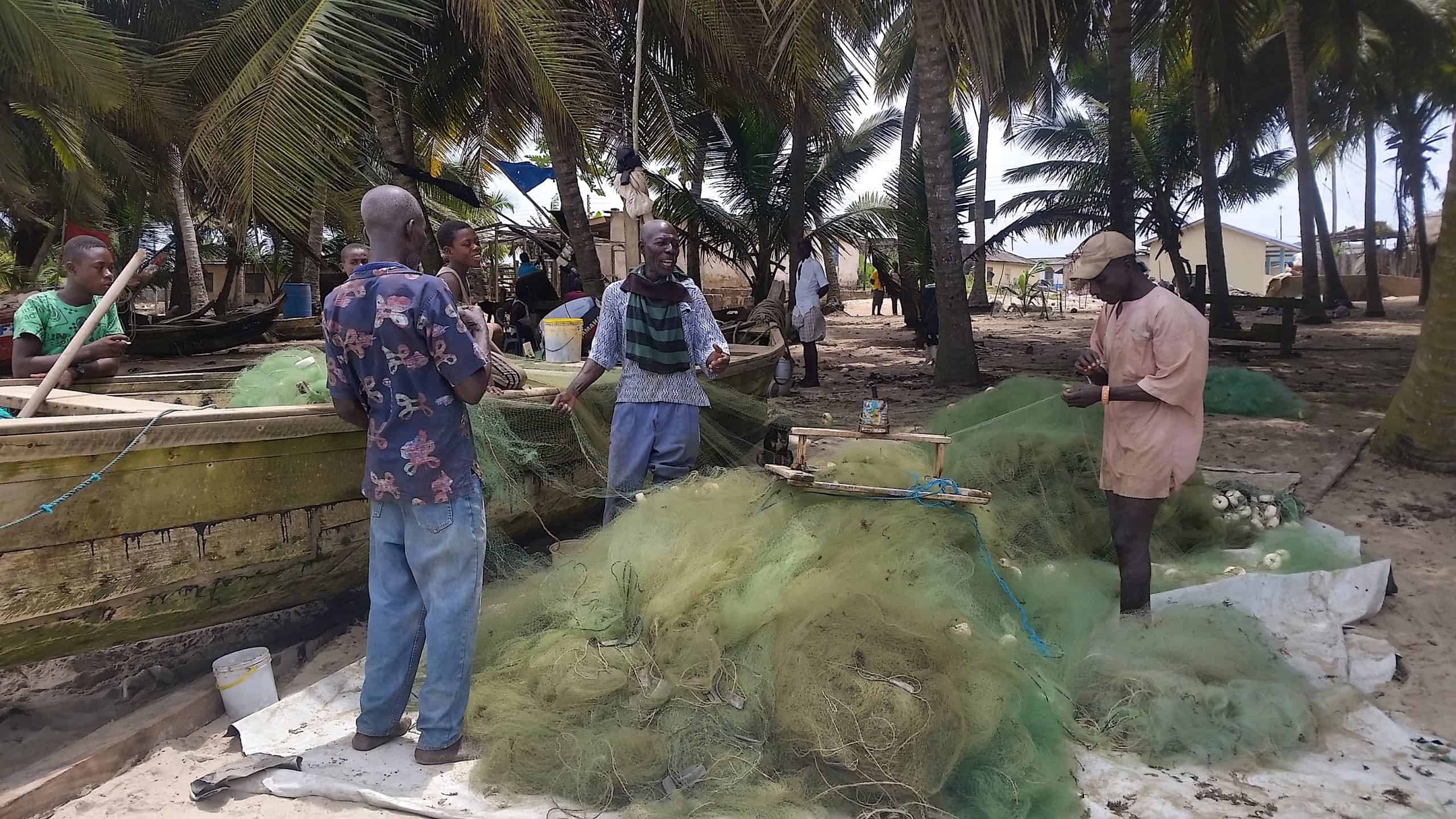
Credit: Phil Allman
The average yearly wage for individuals in the country is $2,100 USD, but most fishermen probably make far less. So a turtle twisting itself into a net can become a burden when those fishermen are barely scraping by. Plus, there’s the time lost in repairing the net, like the men are doing in the photo above. While they don’t want to kill the turtles, selling them is one of the only ways to make up for the windfall.
But even if half the turtles they estimated as bycatch are actually caught and killed, the number is still a significant one, given that many of the species are under conservation pressure.
Once they had an estimate on numbers, Allman and his colleagues set out to see whether the use of small LED lights on the gillnets would be enough to ward off sea turtles from danger.
Enlarge
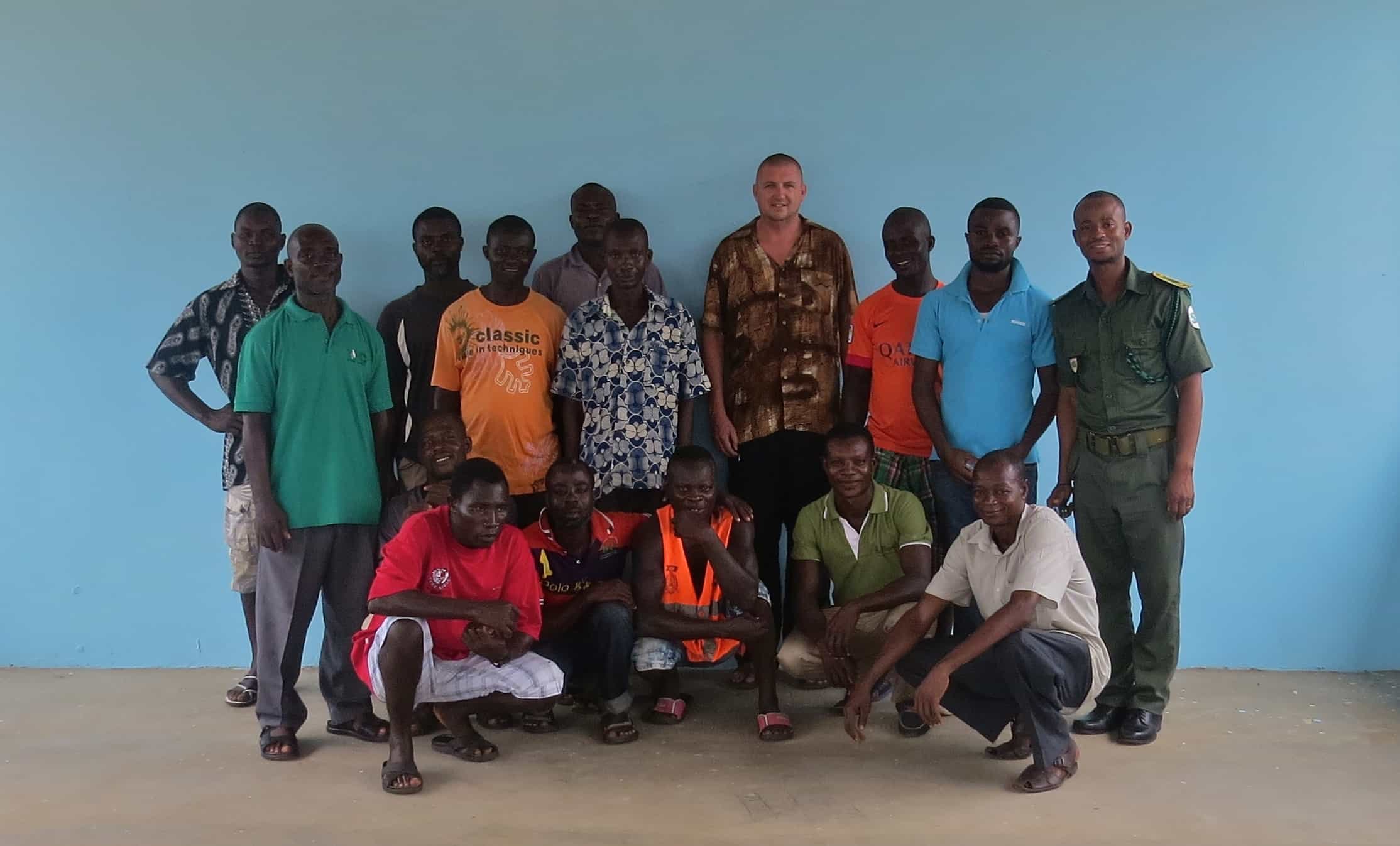
Credit: Karyn Allman
For this part of the study, Allman and his co-authors worked with fishermen from 20 different vessels, divided evenly into 10 boats that used the lights and 10 that didn’t. The researchers put two LED lightbulbs every 10 meters on the nets. Each of the 20 boats had a trained observer on board to count captured turtles and determine species.
Overall, the 20 vessels captured 83 turtles over the 15-month trial period. The majority of those — 66 turtles — were caught by the 10 vessels that didn’t have lights. But fishing boats using nets with lights only captured 17 of the reptiles.
“This number represents an 82% reduction in sea turtle captures with lights,” Allman said.
Enlarge
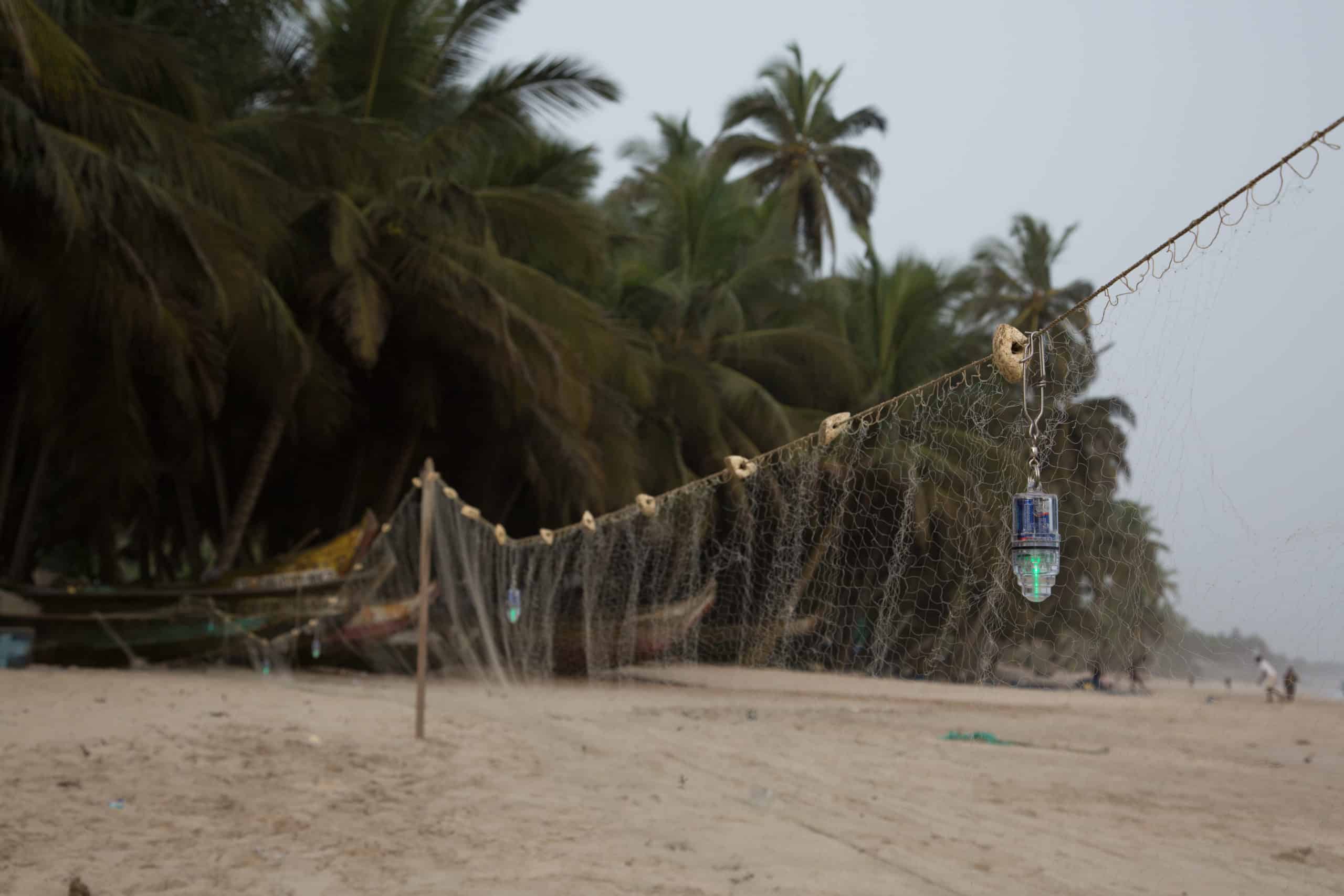
Credit: Phil Allman
They then replicated the study, this time with different LED lights as the ones used before weren’t available anymore. In this trial, they went to a different section of the coastal waters of Ghana and used the new LED lights made up of three bulbs each. They put these lights at 15-meter intervals rather than the 10 meters used in the previous study. They ran the study for 9 months in 20 vessels, divided again as they did previously.
Overall, the numbers were similar, with all vessels capturing a total of 75 turtles. Boats with LED lit nets caught only 12 turtles while those without lit nets captured 63. The percentage was nearly the same, with lit nets capturing 81% less turtles than unlit nets.
“This gave us a lot of statistical power after replicating it in two different communities,” Allman said.
Enlarge

Credit: Phil Allman
As part of the project, Allman said the observers also paid attention to the amount of fish caught by vessels with lights versus vessels without lights to make sure that this turtle-repellent device didn’t also scare away the fish they were trying to catch. They weighed the catch of the boats after every day and looked at the value they received when they brought the catch back to the market. They found no statistical difference in value between the boats with or without lights.
“The market value actually was slightly higher, but not statistically significant,” Allman said.
Enlarge
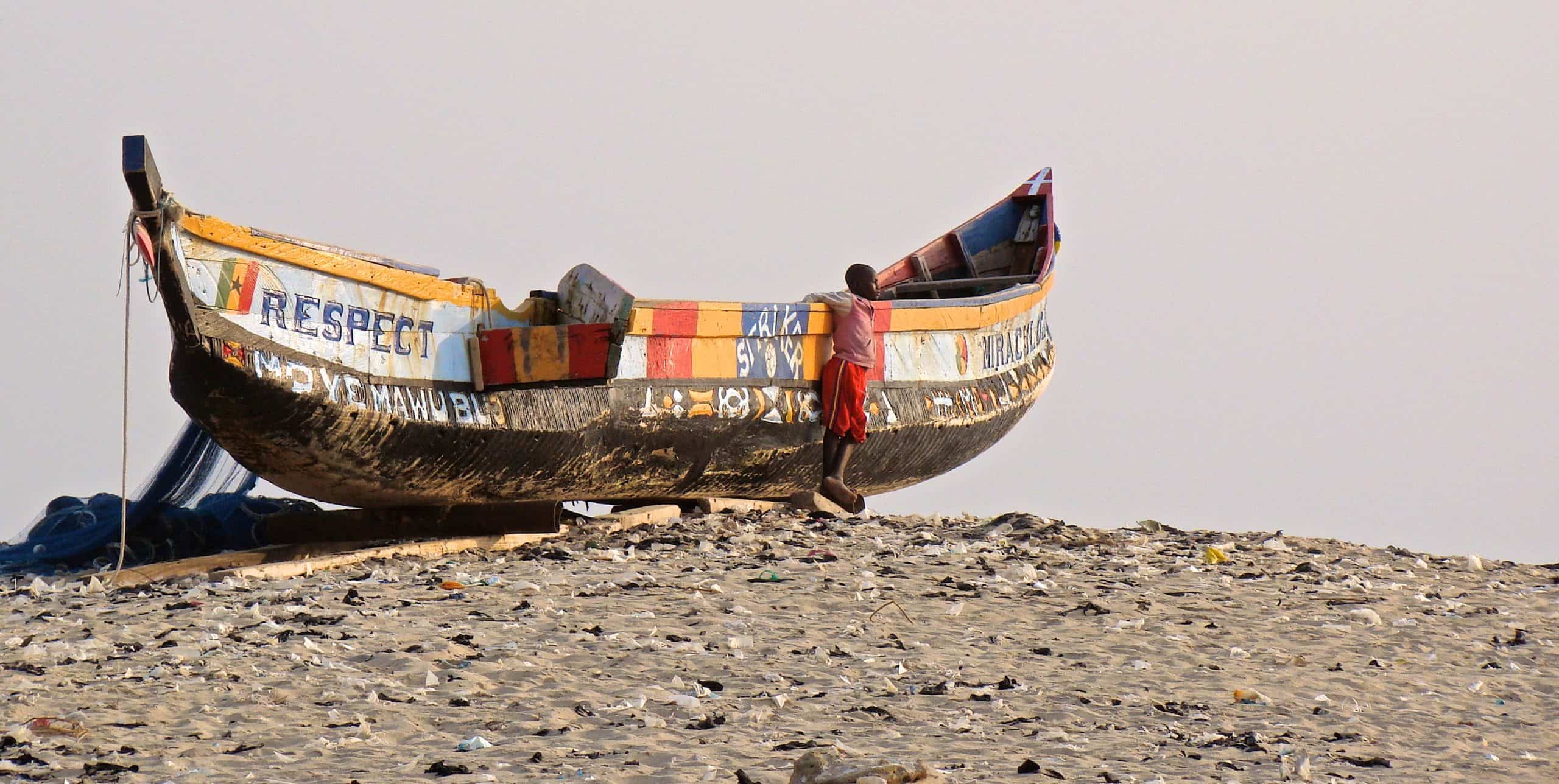
Credit: Phil Allman
This is important because for a project like this to work, Allman said, local buy-in is important. “It would be immoral to push them to do something that would reduce their catch by any significant amount,” Allman said.
Enlarge
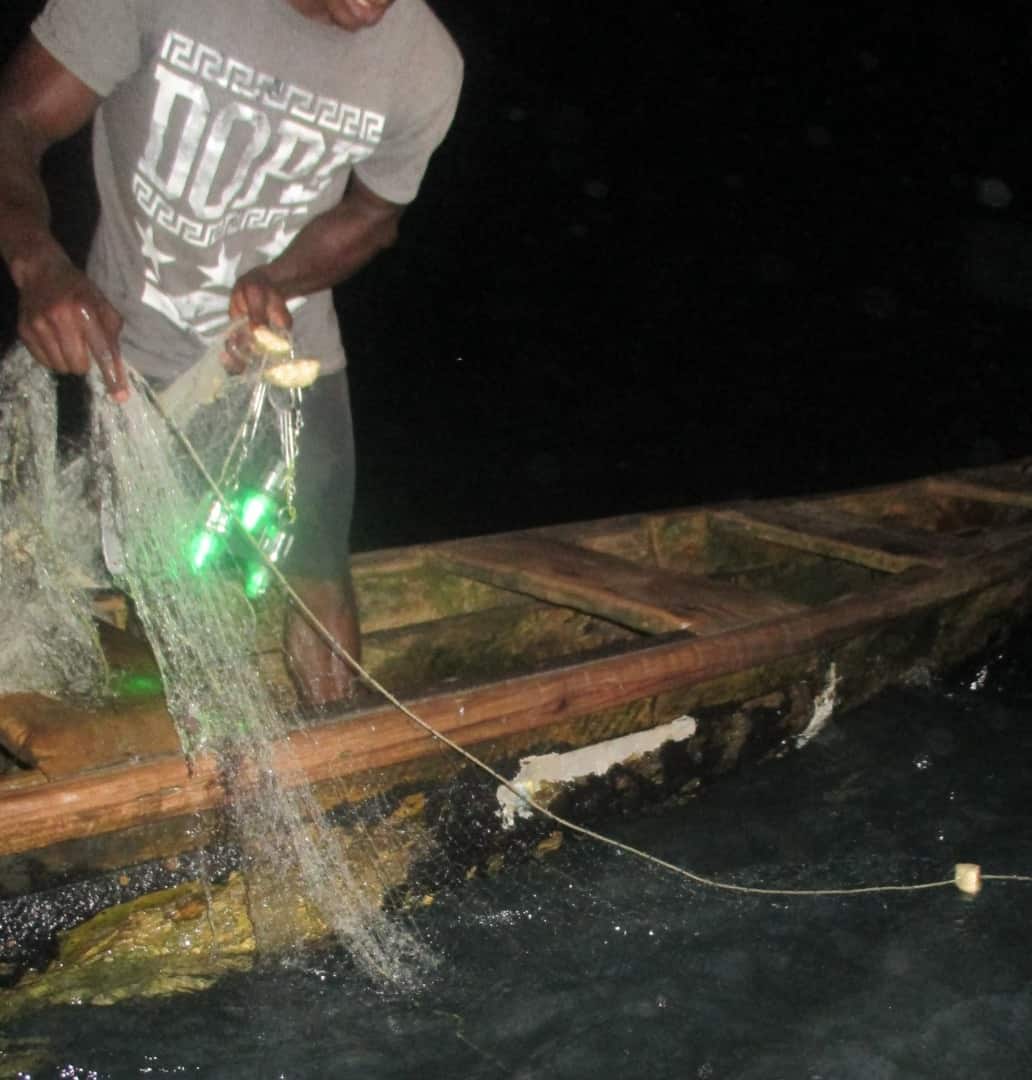
Credit: Andrews Agyekumhene
One potential obstacle with this method is that the LED lights in addition to the AA batteries they run on might be too expensive for poor fishermen to afford them.
Enlarge
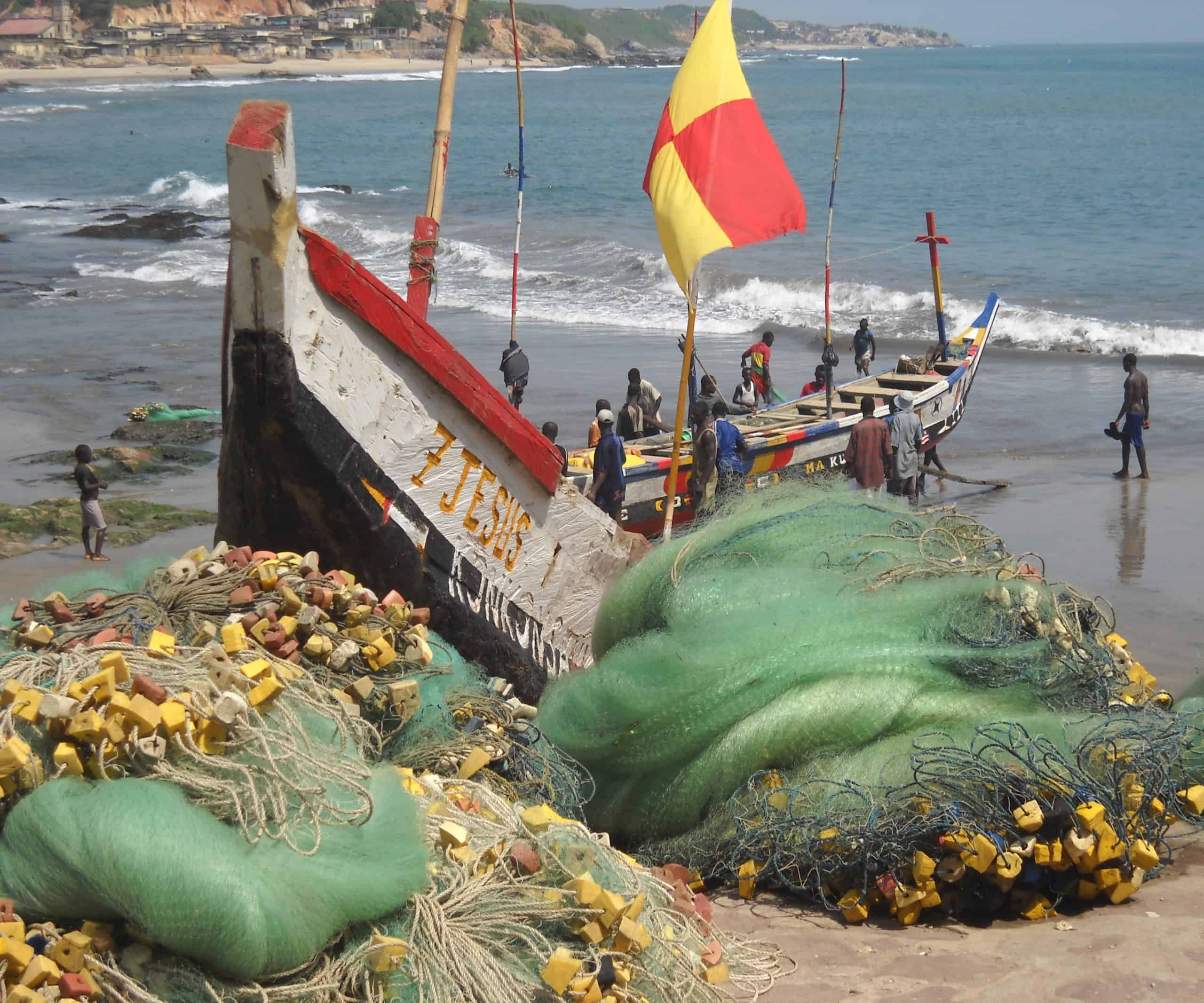
Credit: Phil Allman
Allman said that conservation organizations might be able to help with these efforts, providing lights to fishermen in key areas. He’s currently working on identifying areas of the coast that might have higher concentrations of sea turtles — a focus on any hot spots might help to improve the impact of conservation dollars.
This work is also important because most of these sea turtles have a global range. “Bycatch is a problem on a global scale,” Allman said.
Enlarge
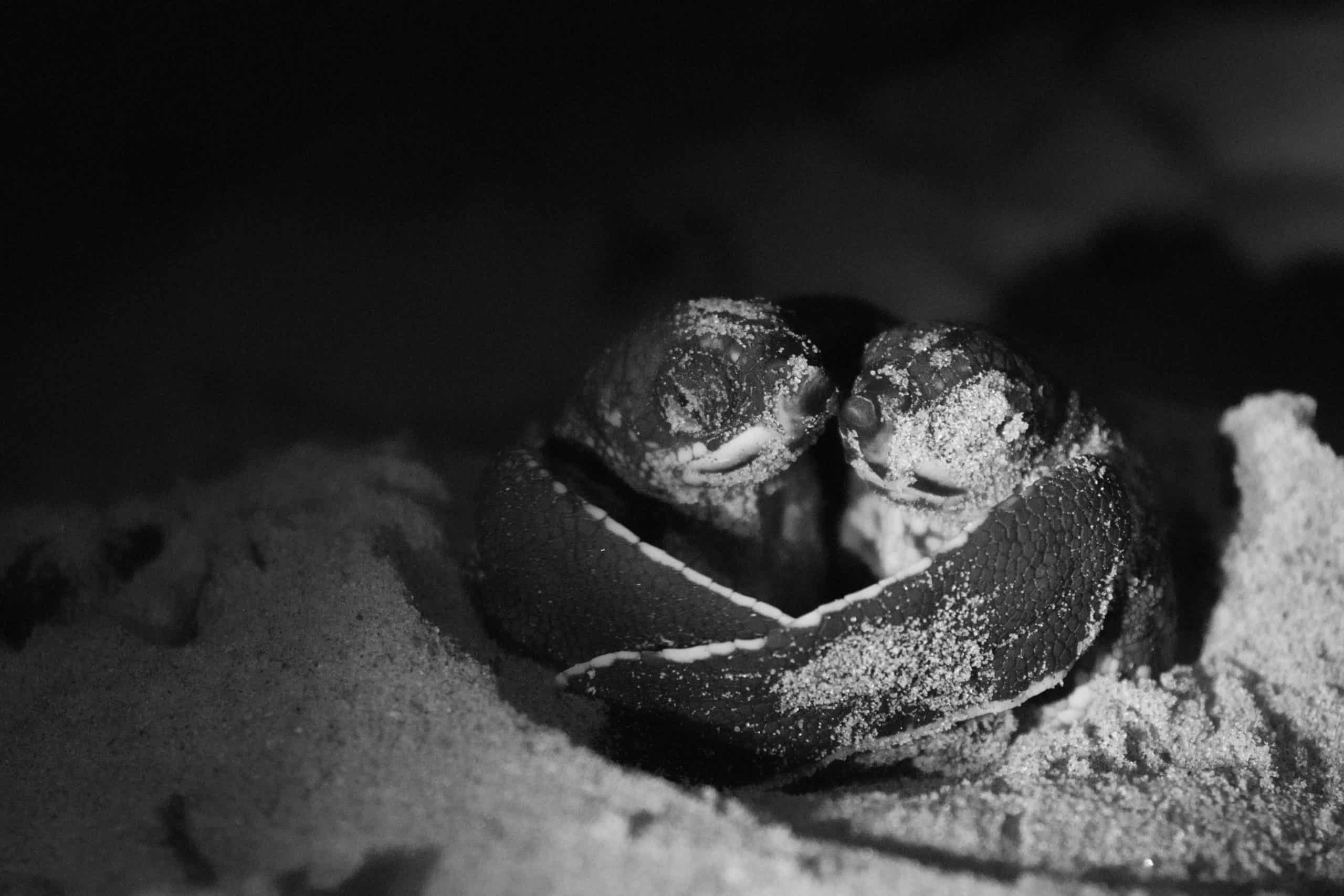
Credit: Taylor LaPeters
Leatherbacks are so endangered in the Pacific, for example, that it would be impossible to determine if LED lights scared them away, since they are so rare.
“We need studies like this in places where sea turtle are abundant enough to test such devices that can then be utilized in locations like the Pacific where some species are critically endangered and therefore difficult to study,” Allman said.
Enlarge
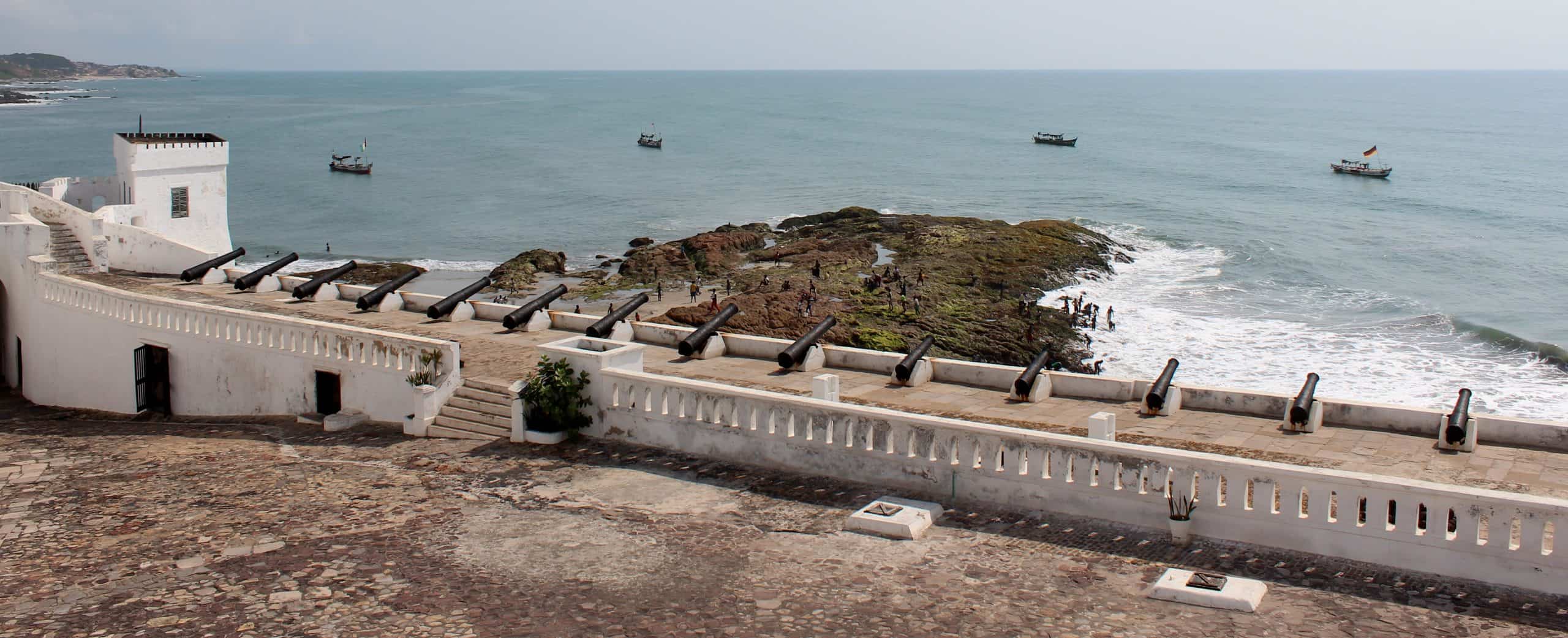
Credit: Phil Allman
This photo essay is part of an occasional series from The Wildlife Society featuring photos and video images of wildlife taken with camera traps and other equipment. Check out other entries in the series here. If you’re working on an interesting camera trap research project or one that has a series of good photos you’d like to share, email Joshua at jlearn@wildlife.org.
Header Image:
Loggerheads like the hatchling above and other species of sea turtles nest on Ghana’s beaches.
Credit: Phil Allman



